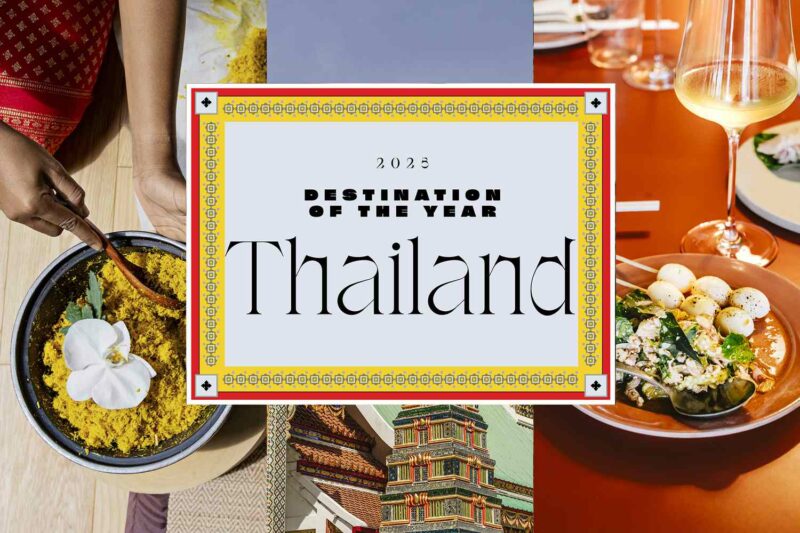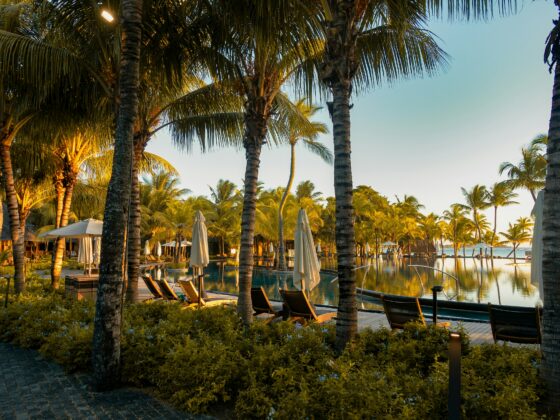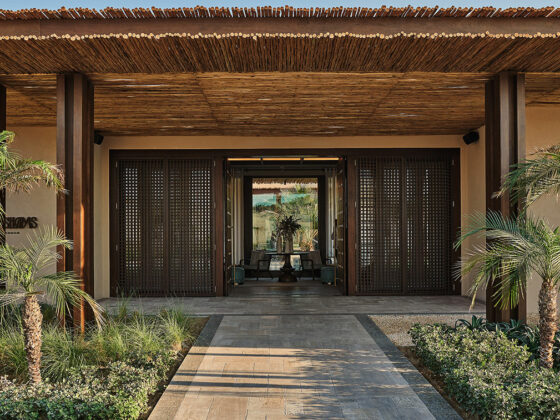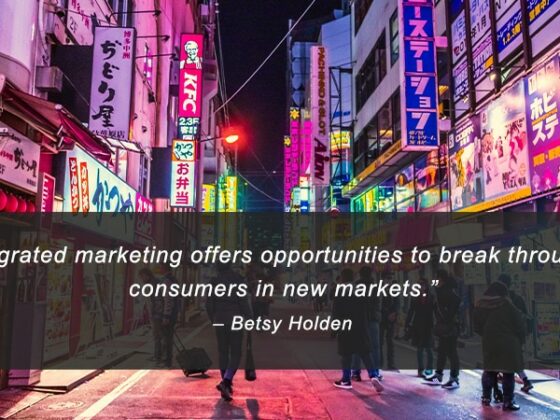Josiah: Why does one of the top hospitality companies call their program beverage and food instead of the usual food and beverage? Could the opportunity here be better than we thought? One of the mega-trends I’m tracking is the opportunity for hospitality to be much bigger than the hotel business as we’ve traditionally thought about it.
Josiah: I did an episode with Richard Valtr about this that I’ll link to in the show notes if you’re curious. This week, the company formerly known as Remington Hotels rebranded to Remington Hospitality to reflect this evolution and opportunity, and one of the pillars of their company is their beverage and food program. Richard Garcia is a marine veteran star chef and now the senior vice president at Remington overseeing all of this, and I wanted to learn more. I want to ask you first about the arrangement of those words. Most people will call it food and beverage. Why do you call it beverage and food?
Richard: Well, that’s the exact reason, is that? you just asked me why? I could tell you that for years and years and years. Right, oh, i’m in food and beverage, i’m the vice president of food and beverage, right? Okay, great, and you move on.
Richard: I started calling it beverage and food a few years ago because, first and foremost, beverage is really where our profitability truly lies And we like to say that we lead with beverage, right. So for us, when we’re writing programs and we’re developing programs, we really look at what the beverage is going to do first. Right, what is the beverage program? Because we also have to remember we’re a hotel. Not all of our hotels have the luxury of having a signature restaurant. You know, Bardessono in Yountville, in Napa, they’ve got the luxury of having a signature restaurant called Lucy. So in a situation like that, sure, i mean that’s very different, but most of the hotels don’t have that luxury. But what most hotels do have is they have a lobby bar or a bar, and what typically happens in hotels that don’t have that signature restaurant is, as a guest, you’ll typically check in late afternoon, early evening, drop off your things While you’re deciding on where to go to dinner or you’re waiting for your colleagues or your family. Typically, you’re coming down to the bar and you’re enjoying a cocktail or a beverage.
Richard: So for us, we understand that beverage, frankly, is what we have to focus on first, and then food will follow. The other thing that in my career I’ve learned is, let’s be frank, i could have the best food in the world, but if service isn’t there, they’re not coming back. On the flip side, you could have an okay meal, but if service was phenomenal, they will come back every single time. So for us, really making sure that when we say beverage and food, it makes you think really quickly, wait, what did he say? And I can tell you that nine out of 10 times, nine out of 10 times, someone will say to me hold on a second beverage and food, why? And it also gives me the opportunity at that point to get into what we do and really get into the elevator pitch. So somewhat of a two-pronged response for you, but that’s why we call it beverage and food.
Josiah: I’m going to link in the show notes to two prior episodes that we published last year. We talked about the frequency of interactions that you have, but so many touch points here to think about shaping the guest experience. And then you also talked about and I think you were ahead of the curve of where the industry is broadly about non-alcoholic beverages. But what it took away from that broadly is how you’re thinking more expansively about what are the different offerings there. But I want to ask what’s top of mind for you with regards to beverage and how you think about taking the program from here.
Richard: Yeah, definitely Look. I think, first and foremost, for us, beverage is going to continue to really focus on the classics. We feel that, from a developmental perspective, when we’re taking a look and we’re doing our research and development, what we find is our job is to ensure that, at the end of the day, unless we have a very concepted restaurant, we have to make sure that we can essentially take care of everybody, and what we have found is that sticking with the classic cocktails, really focusing on not just the traditional recipes but modern interpretations of the classics, really allow us to essentially be able to capture as many people as we can within a particular group. We have experimented with everything, right. We’ve experimented with tiki drinks, we experiment with fruit-forward, sweet forward, bitter forward, spirit forward, and the reality is that the classic cocktails are not going away. In fact, right now you know to believe it or not, right, the espresso martini had its moment for about a year, year and a half. Now, all of a sudden, the Cosmo and the Lemon Drop are back, and we also pay attention to what our guests are asking for. And that’s what they’re asking for, i mean, one of the biggest cocktails that I think, and I’m going to say it here first. I think you’re going to see in the US really starting to take off is the porn star martini, which you know in England has been around forever, right, you know, good 20, 25 years already. I guarantee you that those types of classic cocktails are going to continue to make their way into our bars. So that’s what we really focus on. But I will say that when you ask about if anything’s changing or what we’re looking at for this year, we just wrapped up our 2023 and 2024 beverage RFP for our upcoming program that will come out this October, and I think the biggest things for us were relationships with our partners. And what does that mean, not only to the corporate office, but what does that mean to the field? So reducing the number of partners that we work with, but really increasing the number of skews that each one of those partners has, and I think that that’s important to note because you know the reality is, for us, relationships are where everything starts And I think you know, even in conversations that you know you may have had with our CEO or our CEO, they talk a lot about relationships and how that’s extremely impactful to what we do at Remington. So for us. It’s really making sure that anybody that we partner with is able to provide us not only what product we’re looking for, but it goes way beyond that. What we’re really looking for is partners that are going to be there to help us train, partners that are going to be there to help us mitigate any potential issues from a distribution channel. Partners that are going to be able to help us when it comes to research and development and really keep us focused on what’s trending and what’s hot.
Richard: And you mentioned non-alcoholic beverages and kind of that low ABV. You know our stance on that right now is that we definitely feel that we need to have that And we’re going to continue to make sure that we can take care of the low ABV and the non-alcoholic space. But I will say this that there is a lot of hype around no-alcoholic spirits And we personally have not seen the demand or the ask from the guest when it comes to a non-alcoholic spirit. What we are seeing is requests for low ABV or, frankly, a mocktail of sorts, but nobody is saying, hey, can you add, you know, non-alcoholic tequila to that, for example?
Richard: Now, that’s not to say that it’s not coming. We’re seeing that particular segment grow And we’re hopeful that as that segment continues to grow, there’s a there’s much more of a demand, so that it makes sense for us to go in that direction. But I can tell you right now we don’t have any non-alcoholic spirits on the menu, but we do have a lot of non-alcoholic mocktails that we definitely feel make much more of an impact Flavor, profile, garnish, et cetera, et cetera. That’s where we really see the impact. And I’ll be frank, non-alcoholic spirits are not any cheaper than regular spirits are. So for me at least, and for our company, that decision is still in the works And we will most likely play around with non-alcoholic spirits at some of our more refined bars where we feel that that probably will work, and then we’ll see what happens here in the future.
Josiah: I love that nature of testing and always trying new things but also getting a sense of what are the best sellers and things that you just need to execute really well on. I’m curious, leading this program, as you mentioned, across more than 120 properties. There’s so many hotels, so many outlets, so many associates. I bet there’s so many forms of feedback. I could tell you’re just always on the road on properties. You’re spending time with your teams. Are there other places you look, whether that’s data or otherwise, to get a sense of what’s trending and where the opportunities lie.
Richard: Listen, data is huge right Between the data that we collect and the data that our partners collect and share with us. we really rely on the data. To give you, a great example is our beer tap. When we really look at what’s selling in the tap world, in the draft world, it’s all about data. It’s all about not only regionality, but it’s about age, and demographics. It’s about what type of hotel are we selling in.
Richard: For example, a luxury product in a downtown environment of a major city, that draft system is much different than a rural hotel that doesn’t have any type of signature restaurant or, frankly, doesn’t have anyone coming in from the street. They’re typically hotel guests. What we find is that there is a major difference with what they’re looking for and what they’re asking for. In that respect, we really take a look at the data and we build our programs around what we know is moving and selling. You got to remember if we owned all our assets, it’d be a little bit different, but the reality is we don’t own all our assets. We’re managing this for someone else and someone’s paying us to make the right decisions to have a profitable operation. A lot of times we have to go into this with a great deal of confidence that this trend is trending and that we’re going to be able to sell.





